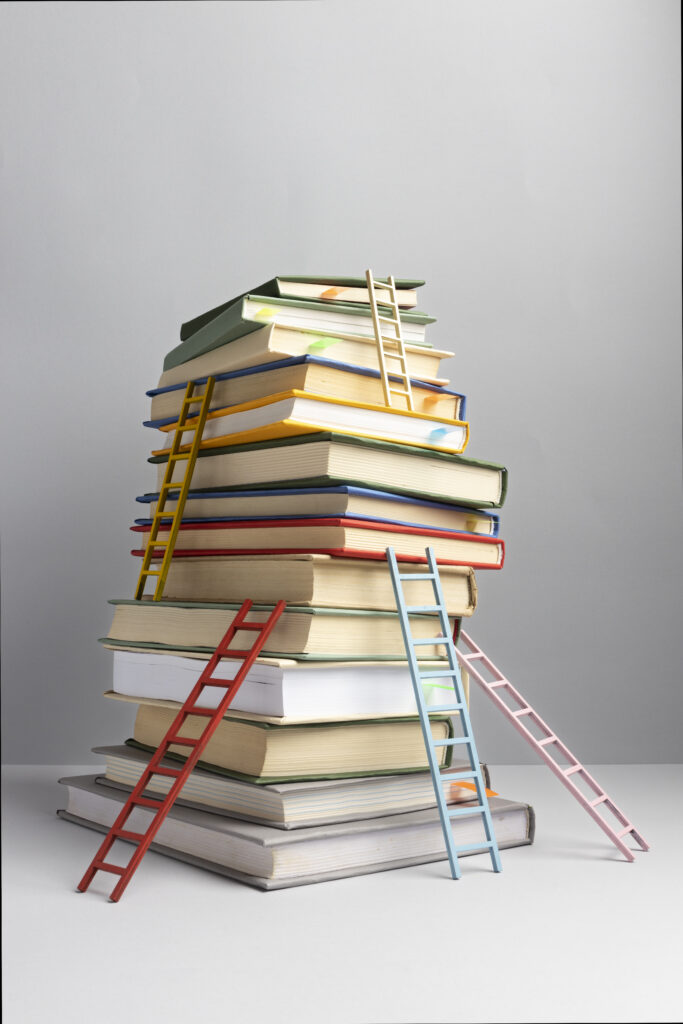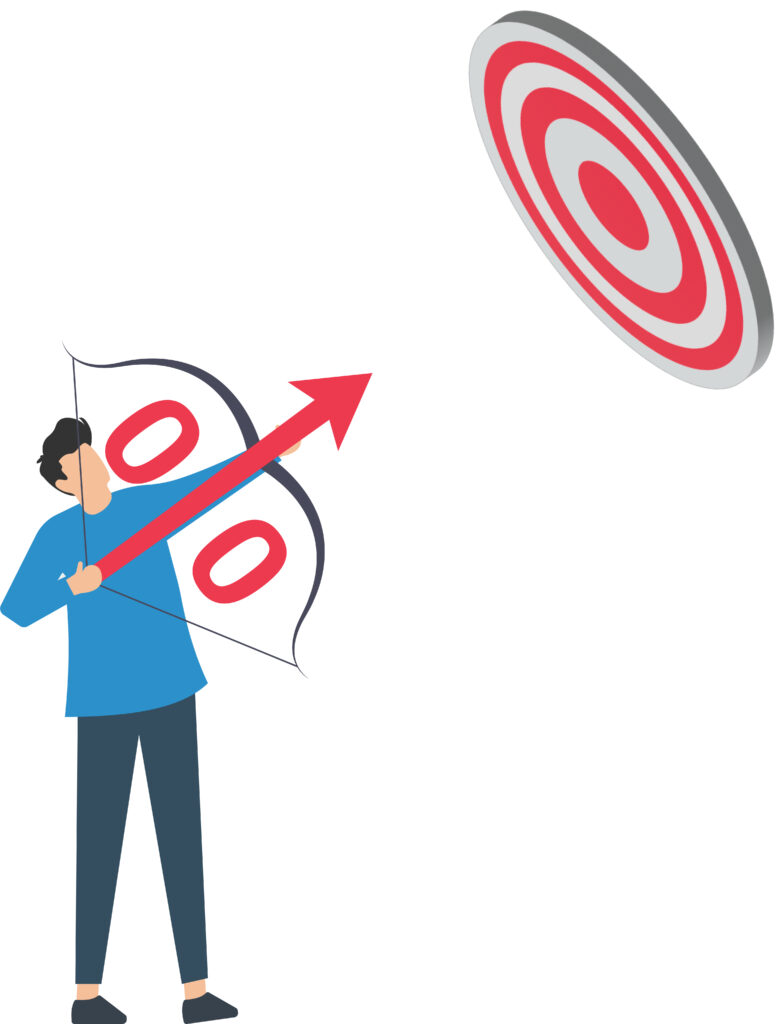Setting Up an Income Statement
Part 1: Business Income and Professional Income
Income reported to Revenue Canada / Quebec (non exhaustive):
- Worldwide Employment Income
- Consulting and Professional Income including private practice
- Commission income including Tips
- Business income including corporation, non-profit and trust
- Old Age Security Pension
- Royalties and United Nation Income
- CPP or QPP benefits
- Disability group insurance Income, LLP
- Universal child care benefits
- Rental Income, Interest Income and Mutual fund Income
- Employment Insurance and other benefits
- Dividend Income, RRSP, Scholarship and Bursaries
- Taxable amount of dividends and other eligible dividends
- Investment Income and foreign income
- Registered disability savings plan income
- Rental income from multiplex and real estate corporations
- Taxable capital gains from selling of land, building and Equipments
- Support payments received
- Self employment Income
Part 2: Calculation of business-use-of-home expenses
Heat
Electricity
Insurance
Maintenance
Mortgage interest
Property taxes
Other expenses (specify)
Part 3: Motor vehicle expenses
Kilometres you drove in the tax year to earn business income
Total kilometres you drove in the tax year
Fuel and oil
Interest
Insurance
Licence and registration
Maintenance and repairs
Leasing payments
Other expenses
Business parking fees
Supplementary business insurance
CCA on motor vehicles



Allowable Business Expenses
-
- Line 8290: – Reserves
- Allowable reserves deducted for last year
- Line 8230 – Other income
- Income from other sources. Eg. recovery of bad debt, grants, subsidies, incentives, or assistance you get from a govt. etc
- Line 8299– Gross business or professional income
- Line 8300 –Opening inventory and Line 8500 – Closing inventory
- Line 8290: – Reserves
- Inventory Valuation:
-
- Either FMV of the entire stock
- Or Use lesser of Cost (also includes carrying costs) or FMV of individual items. If cannot tell individually, then group.
- Line 8320 - Purchases during the year (net of returns, allowances, and discounts)
- Cost of goods bought & other costs such as delivery, freight, and express charges
- Line 8360 –Subcontracts
- Costs of outsourcing
- Line 8340 –Direct wage costs
- Only direct wages (not indirect, not salary & drawings etc)
- Line 8518 –Costs of goods sold (CGS)
- Opening Inventory
- Add: Purchases for the Year
- Less: Ending Inventory
- = CGS
- Line 8521 – Advertising
- Deduct all if directed towards Canadian Market. Provided 80% or more of its non-advertising content is “original Canadian editorial content”. However CANNOT deduct if directed towards Canadian Market but used foreign broadcaster.
- Deduct 50 % if towards Canadian Market but not 80%.
- Line 8523 - Meals and entertainment
- 50 % of lesser of:
- EITHER Expense incurred
- OR Reasonable amount
- 70% deductible for truck drivers (24 hrs trip eligible and 160 kilometres from home)
- Each firm is eligible for 6 party events annually
- 50 % of lesser of:
- Line 8590 – Bad debts
- Deduct if before added to income
- Option to elect jointly under section 22. This allows the vendor to deduct any loss incurred and the purchaser is required to include the same amount in income for the year of the sale.
- Reasonable reserve for doubtful debts: Same as accounting.
- Line 8690 – Insurance
- Deduct any commercial insurance related to any buildings, machinery & equipment
- Motor vehicle insurance deductible (see under motor vehicle)
- Home Insurance can be claimed only till the proportion used for business. Life insurance is NOT deductible usually, however if an officer/director is required to carry life insurance because it is required to a bank loan, then it is deductible.
- Line 8710 –Interest
- Deduct interest you incurred on money borrowed for business purposes or to acquire property for business purposes. However 2 exceptions:
- For motor vehicle, it is limited and included as part of expense. Must do motor vehicle expense calculations
- For vacant land: After deducting all other expenses from income, can deduct the interest from what is left. A loss cannot be shown with interest.
- Fee, penalty, or bonus can be deducted over the remaining term of the loan.
- The following fees can be deducted over 5 years with 20% each year. In case the loan is paid before last year, all the fees can be written off in that year.
- Application, appraisal, processing, and insurance fees;
- Loan guarantee fees;
- Loan brokerage and finder's fees; and
- Legal fees related to financing.
- Standby charges, guarantee fees, service fees, or any other similar fees, may be deductible in same year only if they are completely related to that year.
- You may deduct any interest expense that you incur for a property that you initially used for business, but not now.
- Interest for work-home space, must be apportioned and deducted.
- Deduct interest you incurred on money borrowed for business purposes or to acquire property for business purposes. However 2 exceptions:
- Line 8760 - Business tax, fees, licences, dues, memberships, and subscriptions
- Deduct all annual fees & business taxes & Membership fees to keep in a trade or commercial association
- Line 8810 - Office expenses
- All deductible, pens, pencils, paper clips, stationery, and stamps
- Line 8811 – Supplies
- All deductible, drugs and medication used by a veterinarian, or cleaning supplies
- Line 8860 - Legal, accounting, and other professional fees
- All deductible
- However cannot deduct legal and other fees you incur to buy a capital property
- Line 8871 - Management and administration fees
- Deduct management & administration fees including bank charges incurred to operate your business. Do not deduct employee salaries here.
- Line 8910 –Rent
- Deduct rent expense for business use only (building and land)
- Line 8960 - Maintenance and repairs
- Deduct costs of labour/ materials for any minor repairs ( not expenses of capital nature)
- Line 9060 - Salaries, wages, and benefits
- Deduct but this is NOT direct wage costs or salaries3 drawings of owners
- Deduct CPP or QPP contributions, Employment Insurance premiums, Provincial Parental Insurance Plan (PPIP) premiums and any insurance premiums you pay for an employee for a sickness, an accident, a disability, or an income insurance plan.
- Line 9180 - Property taxes
- Deduct all property taxes used for business
- Home – business property must be apportioned
- Line 9200 – Travel
- 50% deduction rule applies ( checks meals)
- Line 9220 - Telephone and utilities
- All deductible but any expense from home should be claimed in line 9945.
- Line 9224 - Fuel costs (other than motor vehicle)
- Deduct all relating fuel expense incurred for business
- Line 9275 - Delivery, freight, and express
- Deduct all relating business
- Line 9281 - Motor vehicle expenses ( Excluding CCA=max 30000)
- Deductible expenses:
- licence and registration fees
- fuel costs
- insurance
- interest on money borrowed to buy a motor vehicle (max 300$/mo)
- maintenance and repairs
- leasing costs (800$/mo)
- Line 9935 - Allowance on eligible capital property /
- Allowance on goodwill or a franchise for your business
- Line 9936 - Capital cost allowance (CCA)
- CCA (See CCA rates below)
- Line 9270 - Other expenses
- Disability-related modification, Computer and other equipment leasing cost, Leasing cost, Convention expenses, Allowable reserves, Private health services plan (PHSP) premiums
Add all expenses pro-rate according to business personal use, add any further expenses like business parking or supplementary business insurance cost
CCA RATES
Class 1 – Buildings acquired after 1987 (4%) Class 1 is a 4 percent declining balance class. If a rental building with a cost of $50,000 or more is involved, it must be allocated to a separate class 1.
Class 1- Buildings acquired after March 19, 2007 and used 90% in manufacturing and processing (Total of 10%). To qualify the building must be allocated to a separate class 1.
Class 1 – Buildings acquired after march 19, 2007 and not meeting the M&P criteria (Total of 6%) To qualify the building must be allocated to a separate class 1.
Class 3 - Buildings Pre-1988 (5%) Class 3 is a 5 percent declining balance class. Separate classes were required for each rental building with a cost of $50,000 or more. Any additions or alterations made after 1987 to a Class 3 building that does not exceed the lesser of the following two amounts:
- $500,000; or
- 25% of the building's capital cost (including the cost of additions or alterations to the building included in Class 3, Class 6, or Class 20 before 1988)
*If there is a terminal loss on the building and a capital gain on the land, reduce the terminal loss of the building to the extent of the capital gain on the land.
Class 8 - Various Machinery, Equipment, and Furniture (20%) Class 8 is a 20 percent declining balance class and includes most machinery, equipment, structures such as kilns, tanks and vats, electrical generating equipment, advertising posters, bulletin boards, tools > 500$, and furniture not specifically included in another class.
Note the following:
Individual photocopiers, fax machines, and pieces of telephone equipment purchased for $1,000 or more can be allocated to a separate Class 8 at the election of the taxpayer.
Class 10 - Vehicles (30%) Class 10 is a 30 percent declining balance class. It includes vehicles (other than Class 10.1 see below), automotive equipment, trailers, wagons, contractors' movable equipment, mine railway equipment, various mining and logging equipment, and TV channel converters and decoders acquired by a cable distribution system.
Class 10.1 - Luxury Cars (30%) Class 10.1 is a class established for passenger vehicles with a cost in excess of an amount prescribed in. For cars acquired in 2001 through 2006, the prescribed amount is $30,000 (including GST and PST). Like Class 10, where most other vehicles remain, it is a 30 percent declining balance class.
Note the following:
-Each vehicle must be allocated to a separate Class 10.1.
-The addition is limited to the prescribed amount ($30,000)
-In the year in which the vehicle is retired, one-half of the normal CCA for the year can be deducted even though there will be no balance in the class at the end of the year.
-No recapture or terminal losses are recognized for tax purposes.
Class 12 - Computer Software and Small Assets (100%) No half-year rule. Class 12 includes computer software that is not systems software (ex. Microsoft Office), books in a lending library, dishes, cutlery, jigs, dies, patterns, uniforms and costumes, linen, motion picture films, and videotapes. Dental and medical instruments, kitchen utensils, Tools < Proposed 500$ and present $200
This class is subject to a 100 percent write-off in the year of acquisition.
Class 13 - Leasehold Improvements (Straight-Line) CCA must be calculated on a straight-line basis for each capital expenditure incurred. The maximum deduction will be the lesser of:
1/5 of the capital cost of the improvement; and the capital cost of the lease improvement, divided by the lease term (including the first renewal option, if any).
Note the following:
Lease term includes first renewal option;
Half year rule applies but based on ½ of straight line basis.
The lease term is the # of full 12 month periods from the beginning of the taxation year in which the particular leasehold improvement is made until the termination of the lease.
If lease term exceeds 40 years, it is limited to 40 years.
Class 14 - Limited Life Intangibles (Straight-Line, No Half-Year Rules Apply) Class 14 covers the cost of intangible assets with a limited life. They are subject to straight-line amortization over their legal life. (Copyrights, franchises, licenses)
Note the following:
CCA should be calculated on a pro rata basis (daily) in the year of acquisition and the year of disposition.
Half-year rules are not applicable to this class.
Patents, which are usually included on Class 44, can be included in Class 14 if taxpayer elects.
Class 43 - Manufacturing and Processing Assets (30%)
Note the following:
Manufacturing and processing assets purchased for $1,000 or more can be allocated to a separate Class 43.
Class 29 for M&P assets purchased after March 19, 2007 (50%)
Class 44 - Patents (25%) They are subject to write-off at a 25 percent declining balance rate.
Class 45 - Computer Hardware and Systems Software (Acquired between 2004- 2007) (45%)
Class 50 - Computer Hardware and Systems Software (After 2007) (55%)
Class 52 - Computer Hardware and Systems Software (Acquir 2009- 2011) (100%)
